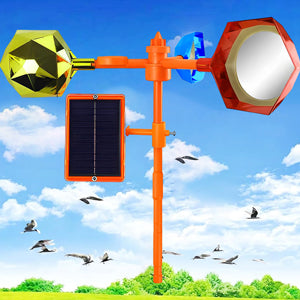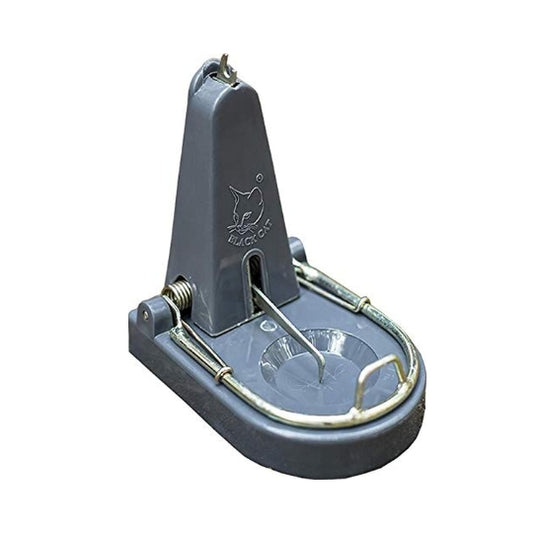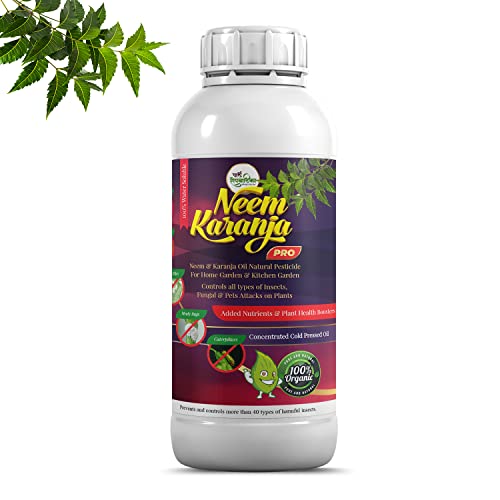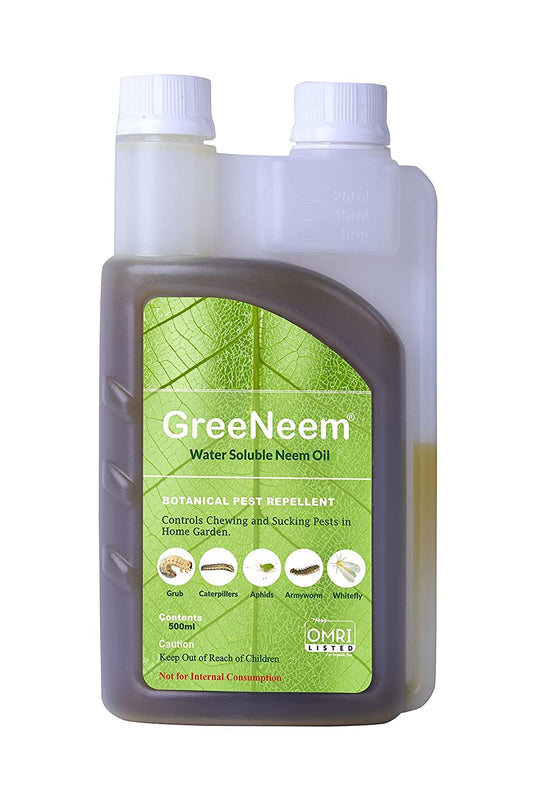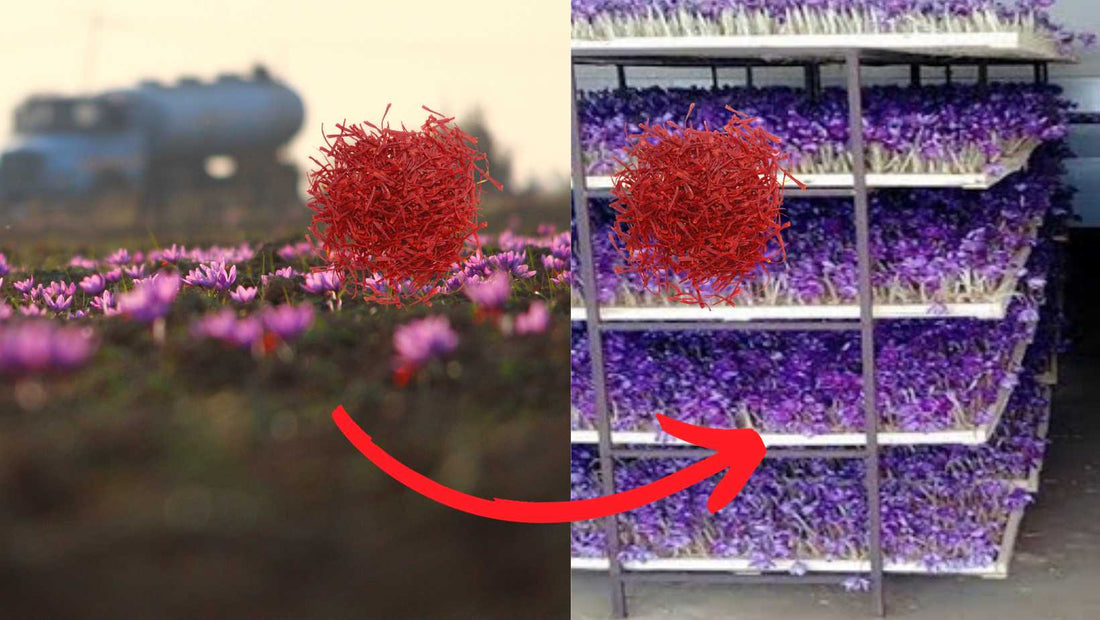
Discover the Lucrative World of Indoor Saffron Farming
Share
Saffron, a precious spice derived from the Crocus sativus flower, commonly known as the 'saffron crocus,' is the world's most expensive spice, not only due to its unique properties but also because its supply will always remain low compared to its demand
Saffron is known by various names across India. In northern India, it is popularly known as Kesar, Keshar, Jafran, or Zafran. In southern India, it is called Kumkumappu in Tamil, Kumkumapuvvu in Telugu, Kumkuma in Kannada, and Kunkumapoo in Malayalam.
Saffron (Kesar): A Potent Herb with Diverse Medicinal Properties
Saffron (Kesar) possesses numerous medicinal properties and is incorporated into various Ayurvedic formulations. It helps balance the Vata, Pitta, and Kapha doshas. Kesar is a rich source of antioxidants that combat free radicals and protect cells from damage. Its anti-inflammatory properties make it beneficial for managing conditions like arthritis, skin disorders, and respiratory issues. Kesar consumers experience calming and soothing effects on the nervous system, making it often used to alleviate anxiety, stress, and insomnia, promoting mental well-being and relaxation. It is also known to treat sexual dysfunction in both men and women. Kesar is considered an excellent rejuvenating agent for the skin, reducing signs of aging, improving complexion, and promoting overall skin health. It aids in the elimination of toxins (natural detoxification) from the body, contributing to overall well-being and supporting the body's processes. Kesar is known to boost immunity and strengthen the body's defenses against infections and illnesses. It can help alleviate digestive issues like bloating, gas, and indigestion. Additionally, Kesar's antioxidant properties may help protect heart health by reducing oxidative stress and improving blood circulation. It may also contribute to lowering blood cholesterol levels.
Saffron (Kesar): Cultural Significance
Saffron (kesar) holds significant cultural importance in India. It plays a prominent role in festivals and religious ceremonies. During weddings and celebrations, saffron is extensively used in haldi ceremonies and on honeymoons. In religious rituals, saffron is utilized for preparing gandh, a sacred mark applied on the forehead. Saffron serves as a food coloring agent and saffron threads are employed to decorate sweets, pulav, and beverages. Saffron is often combined with milk, honey, ginger, turmeric, ashwagandha, and other ingredients to create various culinary and medicinal preparations.
Types of Saffron
| Type | Description | Price | Availability on Amazon |
|---|---|---|---|
| Mongra Saffron | Long, thick strands, deep red color, strong aroma | Most expensive | Available |
| Lacha Saffron | Flat, ribbon-like strands, intense color and flavor | Expensive | Available |
| Kashmiri Saffron | General term for saffron grown in Kashmir | Varies depending on grade | Available |
| Iranian Saffron | Strong aroma, slightly bitter taste | More affordable than Kashmiri saffron | Not Available |
| Spanish Saffron | Delicate flavor and aroma | Most affordable option | Available |
| Grecian Saffron | Light, floral aroma | Most affordable option | Available |
Adulteration in Saffron
Traditional Saffron Cultivation
Indoor saffron cultivation: Opportunity of young Indian farmers!
Advantages of Indoor Saffron cultivation
Reduced pest and disease pressure: Indoor cultivation reduces the risk of pests and diseases, which can significantly impact saffron yields.
Year-round production: Indoor saffron cultivation allows for year-round production, unlike outdoor cultivation, which is limited to specific seasons. Farmers can take several batches in a year and each batch can be at different stage. This give year round availability of fresh saffron.
Reduced labor requirements: Biggest disadvantage of outdoor cultivation is huge labor. Indoor saffron cultivation can reduce labor requirements, as there is no need for field preparation, planting, and harvesting.
Suitable for urban areas: Generally traditional farming is done in remote parts whereas Indoor saffron cultivation can be done in urban areas, making it accessible to a wider range of growers.
Methods of indoor saffron cultivation
Hydroponics: Hydroponics is a soilless cultivation method that uses nutrient-rich water to grow plants. This method is well-suited for indoor saffron cultivation, as it provides precise control over nutrient levels and water requirements.
Aeroponics: Aeroponics is a variation of hydroponics that uses a mist of nutrient-rich water to grow plants. This method is even more efficient than hydroponics, as it maximizes air exposure to the roots, which promotes root health and nutrient uptake.
Containerized soilless culture: This method involves growing saffron corms in containers filled with a soilless mix, such as coir or perlite. This method is less controlled than hydroponics or aeroponics, but it is simpler and less expensive to implement.
Requirements for indoor saffron cultivation
- Suitable lighting: Saffron plants require bright light, so a grow light system is essential.
- Controlled temperature: Saffron plants thrive in temperatures between 15°C and 25°C (59°F and 77°F).
- Humidity control: Saffron plants prefer moderate humidity levels of around 60-70%.
- Nutrient-rich substrate: Saffron plants need a nutrient-rich substrate to grow properly. A soilless mix or hydroponic nutrient solution is ideal.
- Regular watering: Saffron plants require regular watering, but avoid overwatering, as this can lead to root rot.
Harvesting and processing indoor saffron
Conclusion
Did you find this article informative and helpful? If so, please take a moment to share it with your friends and family on social media. We hope you'll also consider revisiting resetagri.in to explore more of our informative content. And don't forget to like us on Facebook, Twitter, and Instagram to stay up-to-date on the latest news and updates.
Thank you for reading!
Our Other Articls on Saffon Farming




